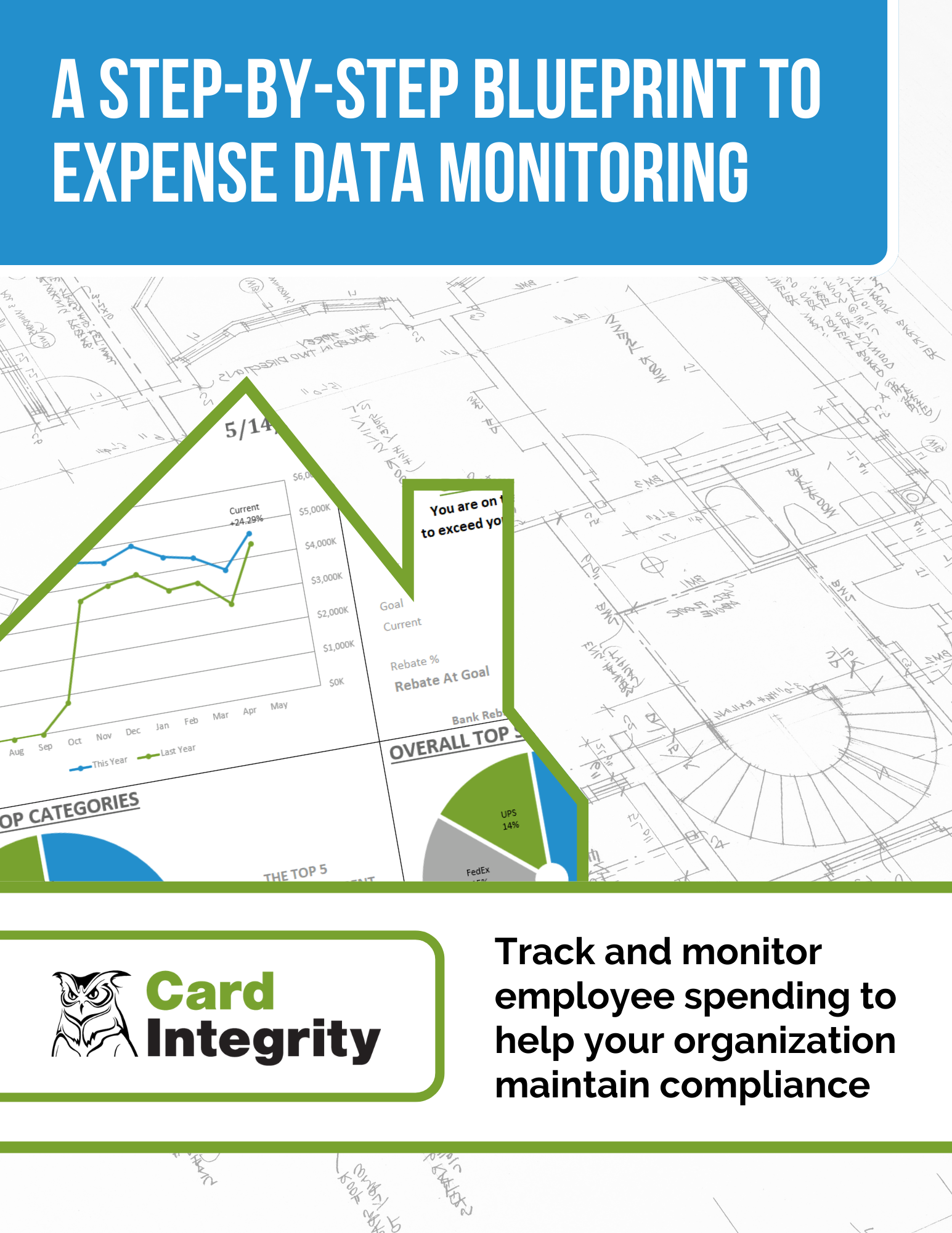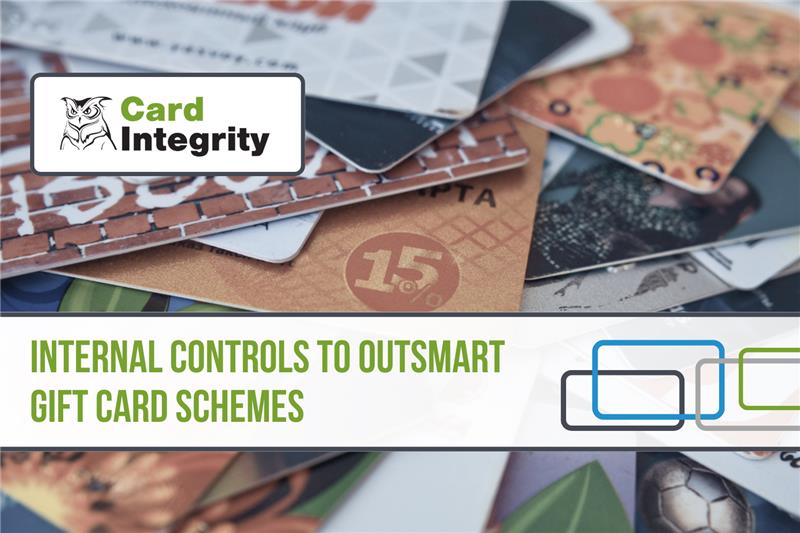If undetected fraud is the scheming villain of purchasing card programs, the stalwart hero is data analytics. But this important part of internal controls often doesn’t get the attention it deserves.
Data analytics not only aids in the detection of fraud, but also pinpoints the different types of fraud that might be occurring in a P-Card program.
Once you’ve recognized just how effective data analytics can be in discovering fraud, it makes sense to invest more in it if you feel it can make a difference. So let’s explore what data analytics are, and how they can be used to identify fraud in your company’s program.
What are Data Analytics?
“Data analytics” uses the review of information to provide enlightenment on behavioral patterns within a system. In the case of a P-Card program, such information would be facts and figures from receipts, invoices, and statements, as well as the cardholders’ identifying information.
Technology, including automation and artificial intelligence, can be used to be extremely specific with the data that is analyzed and the conclusions that are drawn from that data in regards to behavior. Software can be automated to search for and identify patterns and anomalies — so-called “red flags” —making the process extremely efficient.
Such automated data tests might include:
- Date of purchases
- How often purchases were made
- Where transactions took place
- How much money was spent per transaction
For example, a test might be on the lookout for transactions with companies that aren’t on an “approved merchants” list. Another test might look for duplicate information such as same date and same amount on the transactions.
From this data, it becomes simple to determine which transactions stand out as being abnormal. The patterns created from such unusual transactions would suggest fraudulent behavior.
Types of Fraud Revealed by Data Analytics
Fraudulent activities that data analytics can uncover include:
- Purchasing of personal items
- Spending beyond set limits and split transactions
- Using unapproved merchants, including off-contract or ‘maverick’ spend
- Sharing P-Cards with people outside of the program
Fortify your card program by strengthening internal controls
While there is a lot to love about data analytics, one thing that business owners might not love is the extra burden of work for their program managers, who might already be stretched to their work limits. It’s easy to by-pass data review and analysis, even if doing so hurts your P-Card program — only because your business lacks resources and you don’t know where to turn for support.
Fortunately, Card Integrity has solutions available that can help. Using both real personnel and state-of-the-art software, we develop data analytics based on your specific system. As a result, you receive monthly insights that are pertinent to your P-Card program. Your managers continue to do the work for which they were hired and do best. Meanwhile, your P-Card program has a system in place to detect — and ultimately reduce — fraud.
In its 2024 Report to the Nations on Occupational Fraud and Abuse, the Association of Certified Fraud Examiners (ACFE) states, “Our findings emphasize that proactive fraud detection efforts are essential to protecting against fraud risk. In general, active detection methods are associated with much faster detection than passive detection methods, which means that organizations can dramatically reduce the impact of fraud by implementing internal controls and policies that actively detect fraud”. With assistance from Card Integrity, you can adopt this best practice and integrate it into your own P-Card program.
Check out our free eGuide below, A Step-by-Step Blueprint to Expense Data Monitoring, for a list of best practices and suggestions on how to build out your card program either from the ground up, or to fortify it if it needs help in certain areas.
Article originally published February 7, 2017. Updated March 31, 2025 with more relevant information and statistics.




